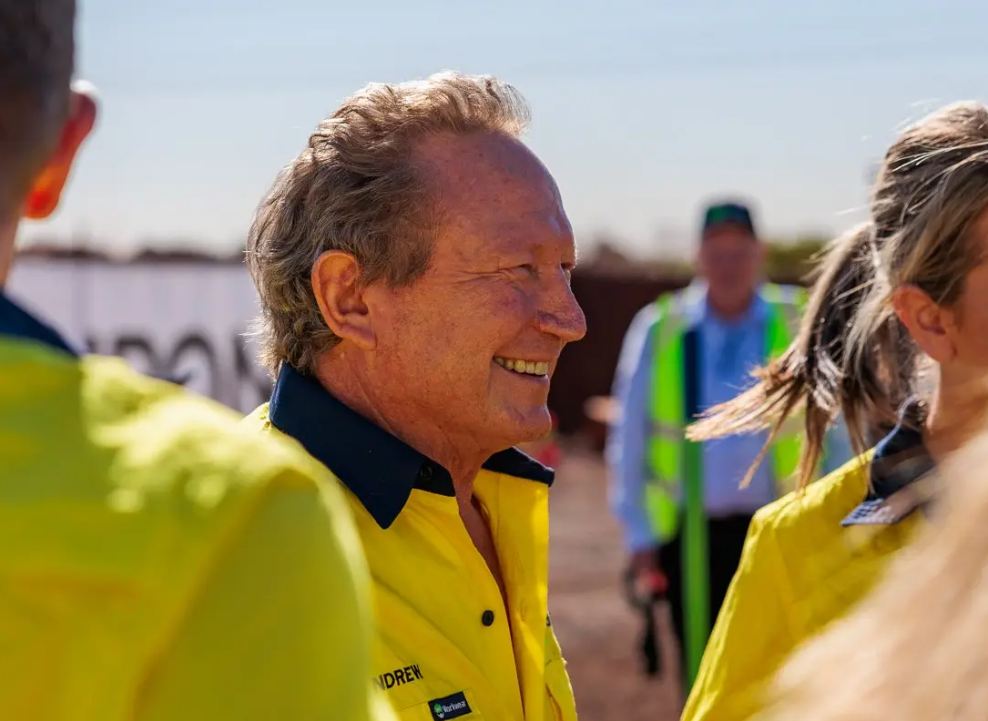The collapse of a flagship green hydrogen project in Gladstone has triggered a A$66 million legal battle between the Queensland government and Fortescue Metals Group, exposing the high-stakes risks of public subsidies for nascent green technologies. This litigation, spearheaded by the state’s newly elected coalition government, seeks to recoup the entire sum granted to Andrew Forrest’s Fortescue just two years prior, underscoring a mounting tension between ambitious decarbonization goals and fiduciary responsibility.
In a parliamentary address, Deputy Premier Jarrod Bleijie confirmed the state had issued a notice to comply and a default notice to Fortescue, demanding full reimbursement of the A$65.97 million in taxpayer funds. The financial assistance, granted by the previous Palaszczuk Labor government in 2022, was earmarked for a green hydrogen facility that Fortescue abruptly scrapped last month alongside a parallel project in Alaska. This move places Queensland at the center of a global debate on the accountability of public investment in corporate energy transitions.
The legal action transcends partisan political rhetoric, highlighting a critical juncture in clean energy industrial policy. While government subsidies are instrumental in de-risking early-stage technologies like green hydrogen—which relies on expensive electrolysis powered by renewable energy—the Fortescue case presents a stark precedent. The core challenge for governments is structuring agreements that incentivize progress while embedding robust clawback mechanisms to protect public coffers when projects fail to materialize. Queensland’s aggressive pursuit of the funds suggests its agreement with Fortescue contained such safeguards, a detail other jurisdictions will scrutinize.
For the green hydrogen sector, which, according to the International Energy Agency, requires significant public and private investment to reach commercial scalability, the implications are profound. Project attrition is an inherent risk in a sector grappling with high production costs, evolving supply chains, and volatile offtake agreements. However, the very public dissolution of a project backed by a prominent billionaire and a major government sponsor could heighten investor caution. It raises essential questions about due diligence and the realistic assessment of project timelines, which often face delays due to permitting, infrastructure, and financing complexities.
Analysts point to the macroeconomic headwinds that have impacted even the most viable green hydrogen projects, including inflationary pressures on renewable infrastructure and electrolyzer costs. Fortescue’s decision to halt two major international projects simultaneously may reflect a strategic pivot to prioritize capital allocation rather than a sector-wide indictment. Nevertheless, the legal fallout in Queensland serves as a data point for a broader trend: governments are increasingly moving from open-ended grants to performance-based contracts. The era of signing checks without ironclad guarantees of job creation, construction milestones, or operational capacity appears to be ending.
The outcome of this legal challenge will set a significant benchmark. A successful reimbursement would empower other governments to enforce stricter accountability on corporate recipients of green subsidies. A settlement or loss, however, could be interpreted as a cost of doing business in catalyzing a new energy industry. For Queensland taxpayers and the global green hydrogen landscape, the case is a potent reminder that the road to net-zero is paved with both innovation and financial peril, where not every bet pays off.





